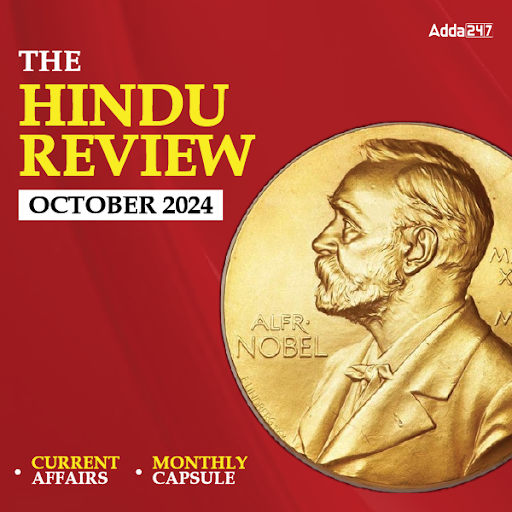Dear Readers,
We have started the 56 days Study Plan for IBPS PO Prelims. This study plan is to efficiently utilise time and hard work to channelise it towards smart work. From now quizzes on Bankersadda will be according to the given study plan and this will help you prepare important topics in limited time.
Today is DAY 35 of the study plan and in Reasoning today’s chapter is Revision of chapters 1-3 (Alphabets, Blood relations and Alpha-Numeric-Symbol Series).
Directions (1-2): Read the following information carefully and answer the given questions:
B is father of W and T. R is son of W. R is the only brother of C. M is mother of C. M is daughter-in-law of Z. Z has only one daughter and only one son.
Q1. Which of the following is definitely true based upon the given relationships?
(a) None of the given options is definitely true
(b) W is son-in-law of Z.
(c) W has only one daughter.
(d) T is aunt of C.
(e) T is married to M.
Q2. Which of the following is/are required to establish that C is daughter of M?
(a) No extra information is required as the relation can be established from the given information
(b) T is unmarried.
(c) Z is mother of T.
(d) M has only one son.
(e) R is grandson of B.
Directions (3-5): Study the following information carefully and answer the questions given below:
B is son of N and grandson of R. S has one daughter and one son. C is sister of B and niece of T, who is daughter of S. P is sister-in-law of T. R is not a female.
Q3. Which of the following is a couple?
(a) S, R
(b) P, N
(c) B, T
(d) Only (a) and (b)
(e) None of the above
Q4. How is S related to P?
(a) Mother
(b) Mother-in-law
(c) Father
(d) Can’t be determined
(e) None of the above
Q5. How many children does T have?
(a) One
(b) Two
(c) Three
(d) None
(e) Can’t be determined
Directions (6-10): These questions are based on the following set of numbers:
276 652 564 473 739
Q6. If 2 is added to the middle digit of each number and then the first and the second digits are interchanged, which of the following will be the third digit of the smallest number?
(a) 6
(b) 4
(c) 3
(d) 2
(e) 9
Q7. If in each number the first and the third digit are interchanged which number will be the second largest number?
(a) 276
(b) 652
(c) 564
(d) 473
(e) 739
Q8. The sum of which of the following three-digit numbers is not an odd number?
(a) 652
(b) 739
(c) 564
(d) 473
(e) 276
Q9. If in each number all the three digits are arranged in ascending order within the number, which of the following numbers will be the second smallest number?
(a) 564
(b) 652
(c) 276
(d) 739
(e) 473
Q10. If in each number the second and the third digits are interchanged, what will be the sum of the first and the third digit of the largest number?
(a) 9
(b) 8
(c) 10
(d) 12
(e) 15
Directions (11-12): Study the following information carefully and answer the given questions:
P is the father of D. D is the only son of T. T is the daughter of J. T is the mother of G. G is the sister of V.
Q11. If J is married to B, then how is B related to G?
(a) Daughter-in-law
(b) Son-in-law
(c) Father
(d) Mother
(e) Cannot be determined
Q12. How is V related to P?
(a) Daughter
(b) Father
(c) Mother
(d) Cannot be determined
(e) Son
Directions (13-15): In each of the following questions, various terms of an alphabet series are given with one or more terms missing as shown by (?). Choose the missing terms out of the given alternatives:
Q13. Z, U, Q, ? L
(a) I
(b) K
(c) M
(d) N
(e) None of the above
Q14. Z, W, S, P, L, I, E, ?
(a) B
(b) D
(c) F
(d) K
(e) None of the above
Q15. Z, Y, X, U, T, S, P, O, N, K, ?, ?
(a) H, G
(b) H, I
(c) I, H
(d) J, I
(e) None of the above



 General Awareness Quiz for Bank Mains Ex...
General Awareness Quiz for Bank Mains Ex...
 English Language Quiz For Bank Foundatio...
English Language Quiz For Bank Foundatio...
 Reasoning Quiz For Bank Foundation 2024 ...
Reasoning Quiz For Bank Foundation 2024 ...




